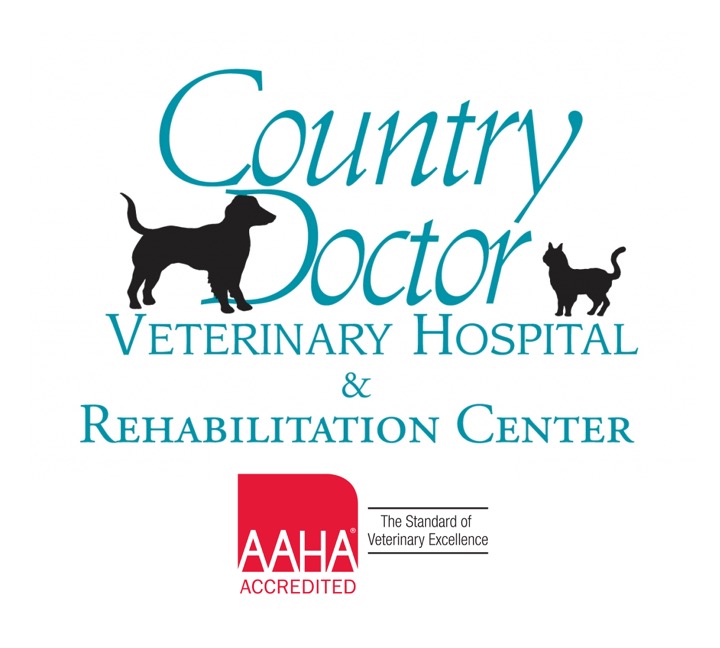Library
-
A gastropexy is a surgical procedure that is sometimes performed in large-breed dogs to prevent gastric dilatation and volvulus (GDV), also known as bloat – a life-threatening condition. This handout explains how the procedure works, how it is used preventatively and in emergency situations, risk factors, and post-operative care.
-
Gastrostomy tubes are placed percutaneously through the skin directly into the stomach and may be needed for cats who are unable to chew or swallow their food, or for cats with diseases causing anorexia. Special liquid diets or canned diets blended with water are recommended to be given in multiple feedings throughout the day, dependent on the cat’s reason for the tube. Instructions are provided by your veterinarian for tube feeding and tube maintenance. The tube can be removed as early as 14 days after placement once the cat is eating well. Your veterinarian will remove the tube.
-
Gastrostomy tubes are placed through the skin of the abdomen into the stomach to enable long-term nutrition in dogs that either refuse to eat or are unable to chew and swallow food. A special liquid diet or homemade mixture liquefied with water will be recommended by your veterinarian. Step-by-step instructions are provided. The decision to remove the tube will be determined by your veterinarian.
-
Genetic (DNA) testing is readily available, whether you are using it for fun to find out what breeds your pet is made up of or if you are looking into possible medical conditions. DNA samples can be collected either from a cheek swab or a blood draw. Knowing which breeds your pet is made up of can help you and your veterinarian prevent or prepare for health issues in the future.
-
Deoxyribonucleic acid (DNA) is a long molecule that contains an animal’s entire genetic code. DNA is primarily located within the nucleus of each cell. In the nucleus, enzymes transcribe the DNA bases into a substance called RNA (ribonucleic acid), which serves as a messenger, taking the DNA message out into the cytoplasm of the cell where the RNA is translated into proteins. These proteins are responsible for a number of functions in the cell and throughout the body, primarily by acting as enzymes that regulate various cell reactions. DNA tests allow us to examine an animal’s DNA in order to see whether they carry certain genetic diseases. DNA testing can also be used to determine the ancestry of an animal.
-
Gingival hyperplasia is the abnormal growth of excessive gum tissue. The gums may appear reddened or inflamed and may become so enlarged that it is difficult to visualize the teeth. In some cases, gingival hyperplasia may be localized to specific areas and its appearance may mimic the appearance of a mass or tumor. Gingival hyperplasia is most commonly treated with the surgical removal of the excessive proliferative tissue, referred to as gingivoplasty. Although it results in a significant improvement in clinical signs, gingivoplasty does not typically cure the condition.
-
The easiest way to give your cat liquid medication is to mix it in with some canned food. In some cases, this is not possible, and you will have to administer the medication directly into the cat's mouth using a syringe. Before starting, make sure you prepare the syringe with the correct amount of medication. If the medication was refrigerated, you may want to warm it up by holding the syringe tightly in your hand for a minute or two. It may be helpful to have someone assist you the first few times you administer the medication. Try wrapping your cat in a blanket or towel with only its head exposed. Detailed directions for administering the medication are provided in this handout. Make sure you give your cat plenty of praise throughout the procedure and offer a special treat after giving the medication.
-
The easiest way to give your dog liquid medication is to mix it in with some canned food. In some cases, this is not possible, and you will have to administer the medication directly into your dog's mouth using a syringe. Before starting, make sure you prepare the syringe with the correct amount of medication. If the medication was refrigerated, you may want to warm it up by holding the syringe tightly in your hand for a minute or two. It may be helpful to have someone assist you the first few times you administer the medication. Detailed directions for administering the medication are provided in this handout. Be sure to offer your dog lots of praise and offer a treat or extra playtime after giving the medication.
-
Giving pills to cats can be a challenge, even for the most experienced veterinarian! The easiest way to give your cat a pill is to hide the pill in food. Some cats will always find the pill and spit it out, so you may need to administer it directly into your cat's mouth. This handout provides a step-by-step guide to do this, along with some other options if it is still too difficult.
-
Giving pills to dogs can be a challenge, even for the most experienced veterinarian! The easiest way to give your dog a pill is to hide the pill in food. Some dogs will always find the pill and spit it out, so you may need to administer it directly into your dog's mouth. This handout provides a step-by-step guide to doing this at home.

